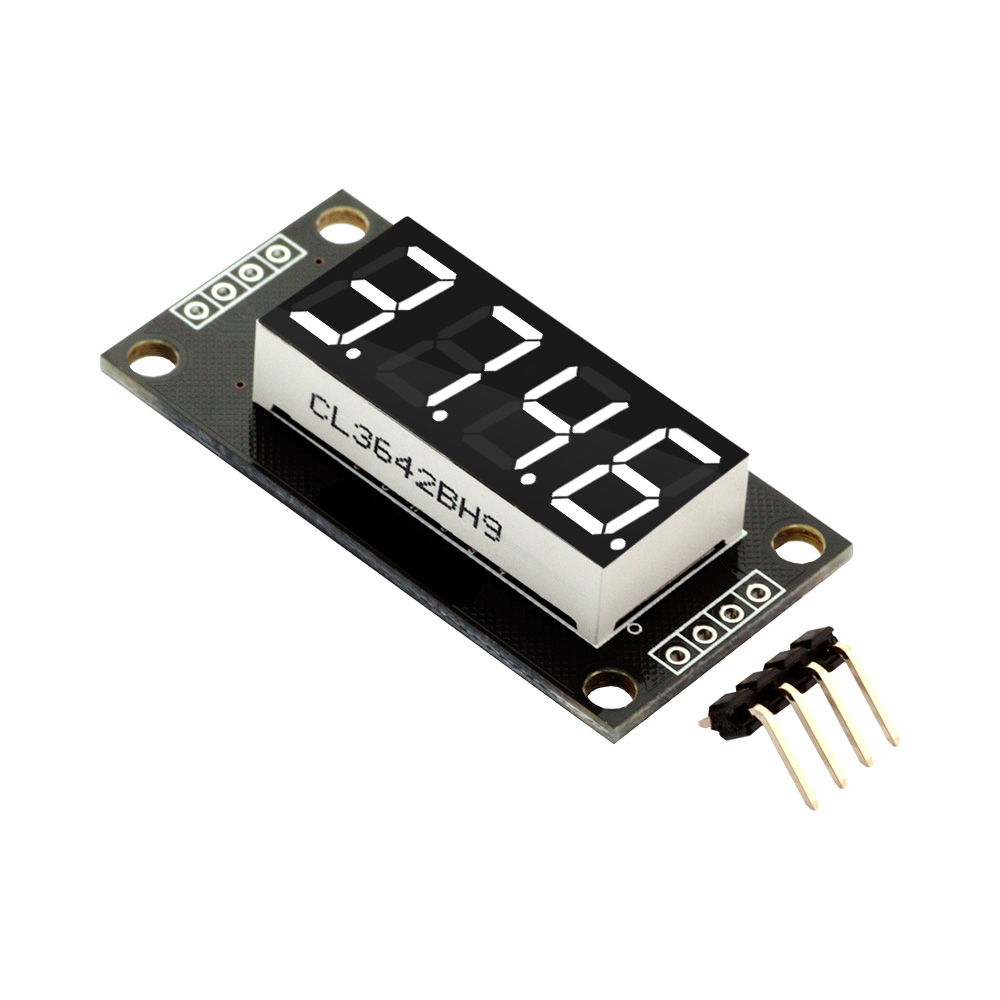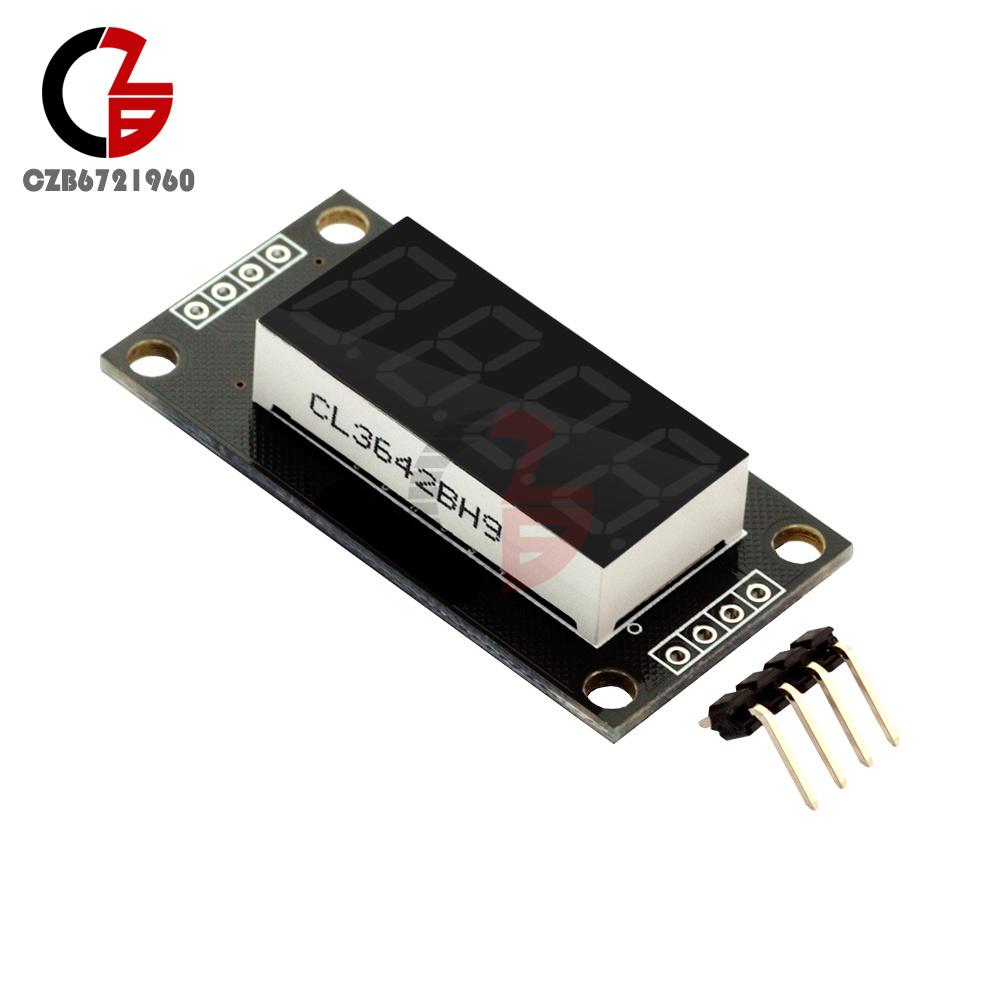
When you set a component HIGH or LOW, you can generate your desired character. Lighting up a segment forms part of a numerical digit, hex, and decimal.
TM1637 PIC LIBRARY HOW TO
Interfacing the TM1637 4-Digit 7-Segment Display with Arduinoīefore we learn how to interface the TM1637 with an Arduino, you first need to understand the basics of a 7-segment display.ħ-segment displays feature seven LEDs, which line up to form a specific pattern, usually the shape of an eight. Then, the four segments will display the characters you want. When the TM1637 IC receives the data from the controller, it drives the four display segments via the code. Once you include the header, the controller will communicate on its own and send the characters you want to display to the module.

You can find these libraries on different websites. But you can make it easier by downloading libraries, which help with data transmission.Īlso, you need to download these libraries and use them in your application programs.
TM1637 PIC LIBRARY SERIAL
Nevertheless, serial data exchange is a complex process. It will help develop serial data exchange with some programming. To establish communication, you need to connect the CLK and DIO pins to any available GPIO pins of your microcontroller. Anything higher than that may cause irreversible damage. Also, you can only operate this module with a +5v regulated power supply. Hence, you will send the numbers you want to display on the TM1637 interface in a serial data form. Plus, you can send or receive data on this module from these two pins. In this module, you can only establish communication with two pins, including the DIO and CLK pins.


Here are the features and specifications of the TM1637 display: TM1637 Pin Configuration TM1637 Features and Specifications


 0 kommentar(er)
0 kommentar(er)
